Joel Meyerowitz is stood in front of a huge projection of one of his iconic images. A man fell to the floor just as he turned his lens toward the scene, he says. Immediately afterwards another man, carrying a hammer, stepped over the stricken figure “as if he were a piece of trash”.
“Photographers, these days, make and stage their own reality, ” Meyerowitz says. “People ask me now – did you set that shot up?” He pauses, his hands spread incredulously. “What happened to the belief that photographers should go out there, open-eyed, open-minded, trying to discover reality?”
We’re in the atrium of Leica’s grand headquarters in Wetzlar, a small town near Frankfurt, and Meyerowitz is addressing a room of 600 photography professionals from across the globe, invited by Leica on the launch of the M10, their most hotly anticipated new camera in quite some time, and to welcome him into the Leica Hall of Fame.
Meyerowitz is a good choice. He’s used a Leica camera to create his iconic photography, not least the remains of the World Trade Centre in the days and weeks after 9/11, and now he’s been invited to discuss his photography before the launch of the camera.
Photography is a game of sight, Meyerowitz continues. “It’s a process of seeing and then trying to understand, to focus on an unexpected moment that no-one, including me, saw as significant. Something happens that teaches the photographer how to grow with the medium. It’s a medium of timing – about being in the right time at the right place.”
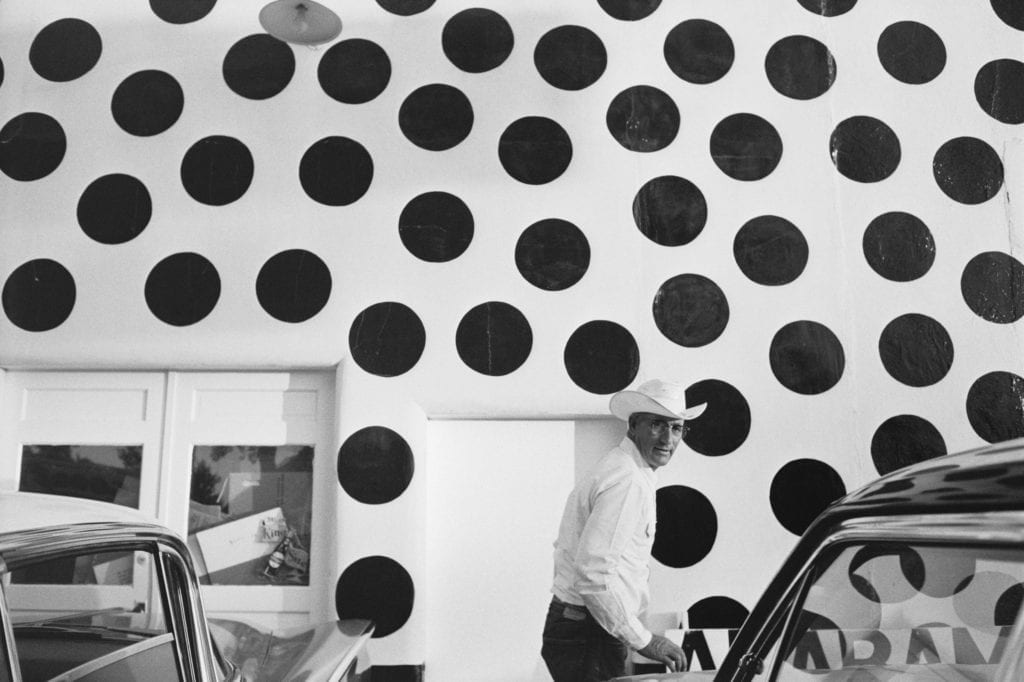
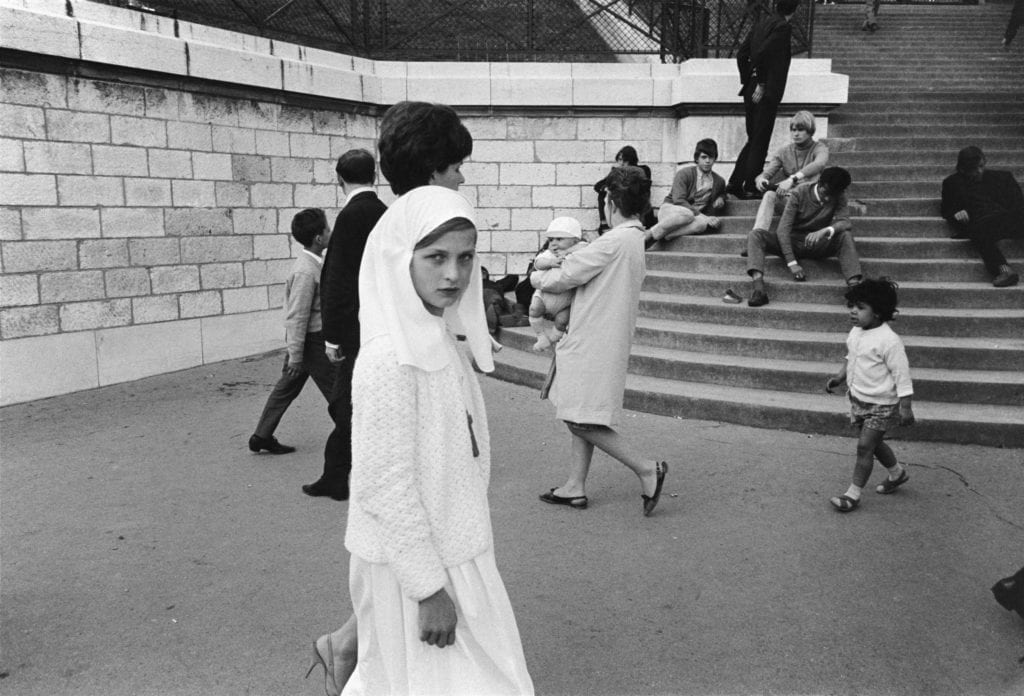
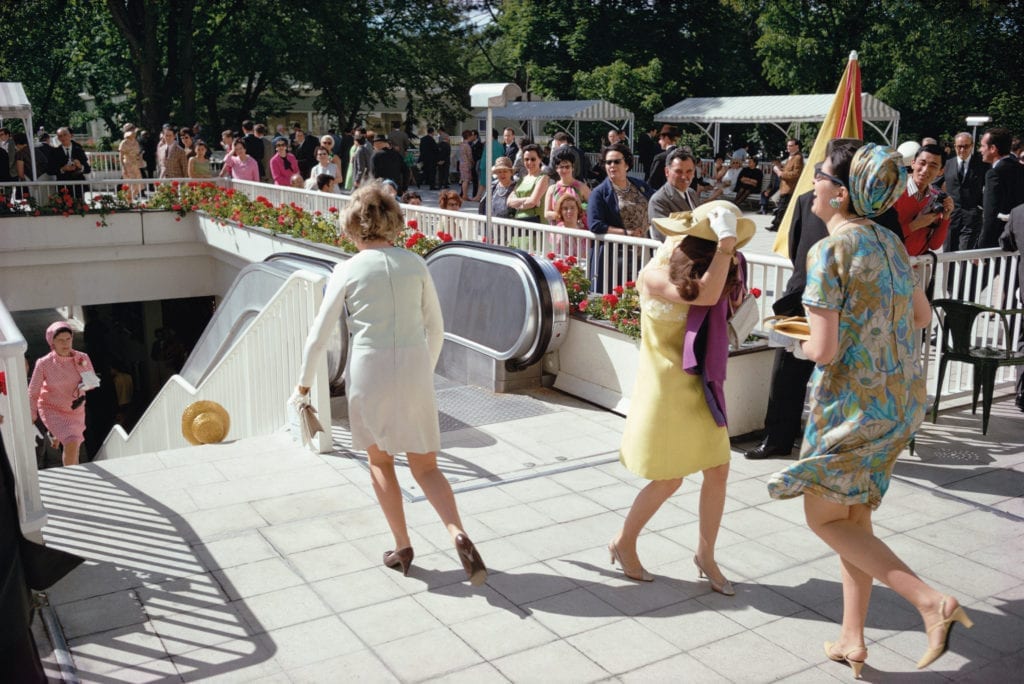
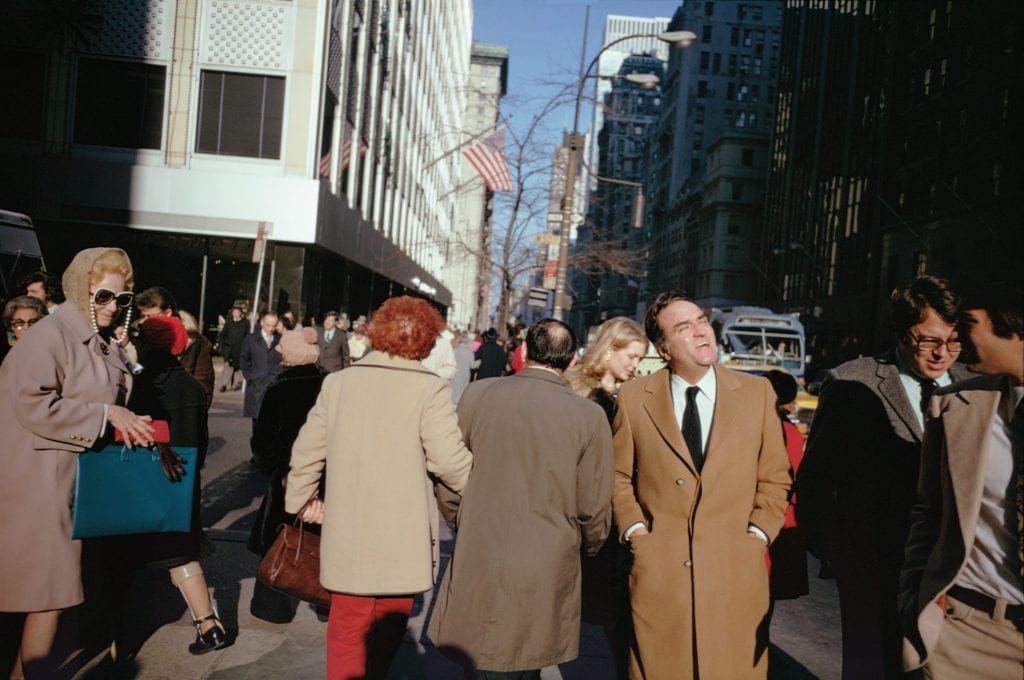
“I wanted to see whether there was more than the decisive moment. I became interested in the density of the moment – in how packed information, that isn’t necessarily relevant, can come together and form a while. It’s a bit like living in a big city.”
These ideals about “the most eternal” of artistic mediums should be amply enabled by the M10. With a ISO click dial on the top cover, an ISO sensitivity range of ISO 100 ~ 50,000, built in WIFI capability, a weight, including batteries, of just 660 grams. It’s undoubtably Leica’s most advanced camera ever created, but yet remains true to the manufacturer’s age-old, brand-forming ethos of durability and quality.
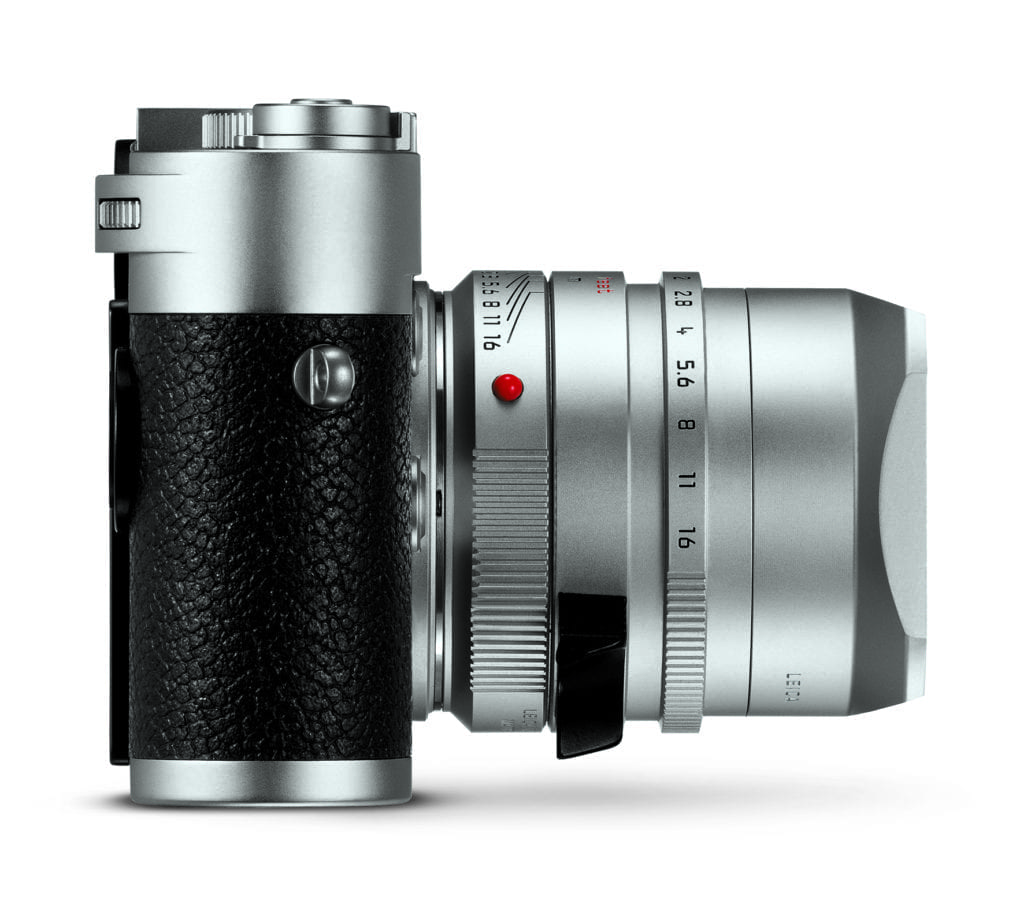
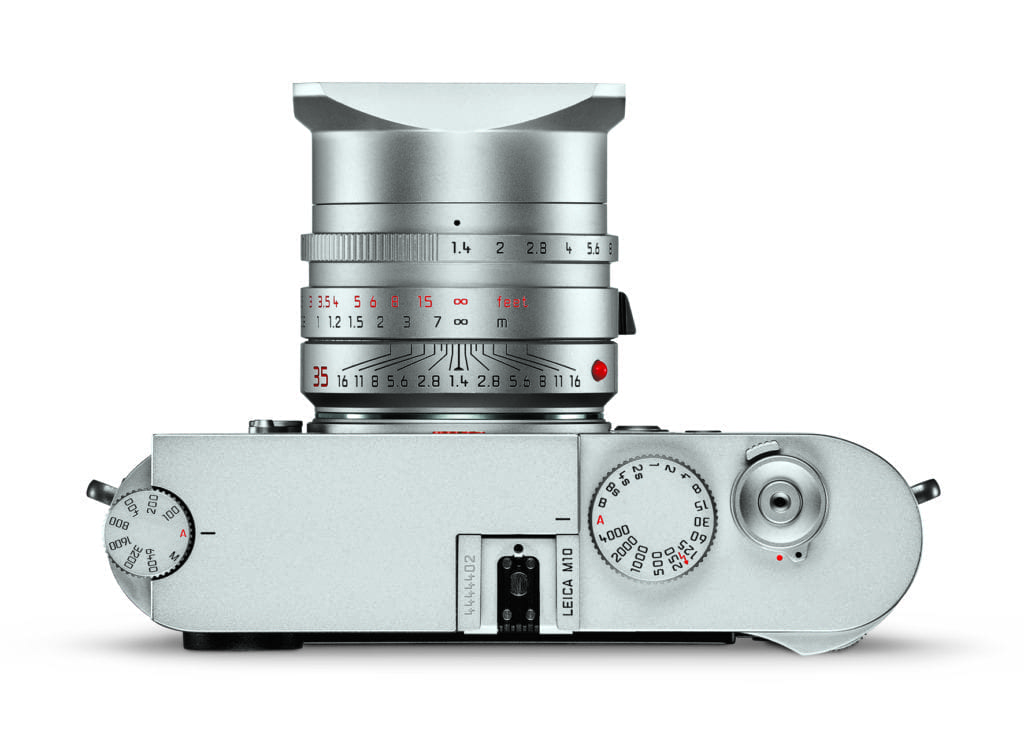
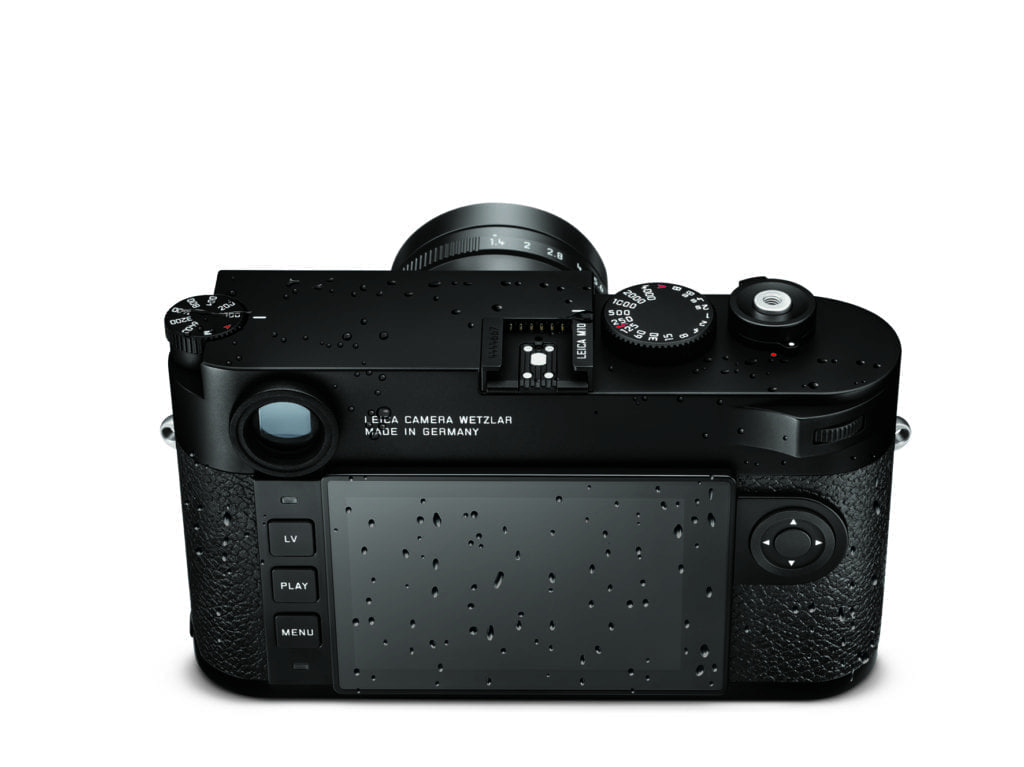
The camera’s main features are:
The form factor: analogue dimensions enter the digital age
Photographers working with analogue Leica M cameras have expressed their interest in a digital M with the same ergonomic features and size that fits well in the hands. With the Leica M10, this wish has become a reality, with a top plate depth of just 33.75mm – four millimetres less than its closest relative, the Leica M (Typ 240). The Leica M10 is now the slimmest digital M of all time.
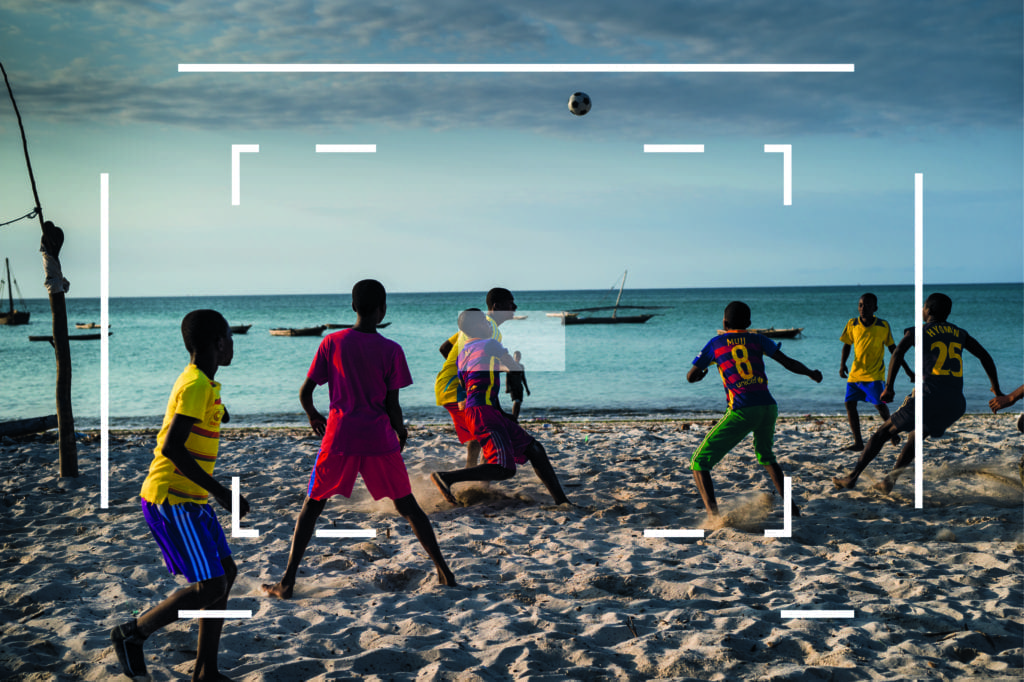
The rangefinder
To improve the view of the subject being captured, the field of view n the M10’s rangefinder has been enlarged by 30 per cent and the magnification factor has been increased to 0.73. For eye-relief, the optimum distance of the eye from the viewfinder eyepiece has also been lengthened considerably. Thanks to a 50 per cent increase in this distance, the viewfinder is more comfortable to use, particularly for photographers who wear glasses.
The sensor: the digital canvas
The key component of the Leica M10 is the 24 MP, full-frame CMOS sensor developed specifically for it, offering significant improvements in all image performance parameters – from dynamic range, to contrast rendition, to fine detail resolution.
Its unique pixel and micro-lens architecture enables a particularly large aperture, ensuring rays of light hitting the sensor even from the most oblique angles are captured by its photodiodes.
The glass cover plate of the sensor acts as an infrared cut-off filter, avoiding undesirable refraction of incoming light with additional layers of glass. The omission of a low-pass filter also ensures the Leica M10 delivers significantly enhanced imaging results, especially in the case of wide-angle and very fast lenses.
The M10’s ISO sensitivity range has also been expanded, allowing exposures at values between ISO 100 and 50,000, with considerably improved noise characteristics at higher ISO settings.
Image processing electronics
The M10’s Maestro II image processor, combined with the new 24 MP sensor, it ensures that all exposures are captured, making it the fastest M-Camera ever made.
The processor allows the camera’s loupe function to be freely positioned for even better sharpness assessment. This new function can be used both on the camera’s monitor screen, and in conjunction with the Visoflex electronic viewfinder (EVF) with 2.4 MP resolution. The viewfinder features a swivel function, enabling shooting from unusual angles, and an integrated GPS module for the geotagging of image files.
Intuitive handling
The controls on the back of the M10 are limited to a single joystick control and three buttons for Play, Live View and Menu. Particular settings can be selected according to personal preferences and photographic needs via a freely-configurable Favourites Menu.
Leica M10 also features an ISO setting dial on the top plate. For the first time in a digital Leica M, all essential shooting parameters – focusing, aperture, shutter speed and ISO value – can be selected manually without using the menu, or even switching on the camera.
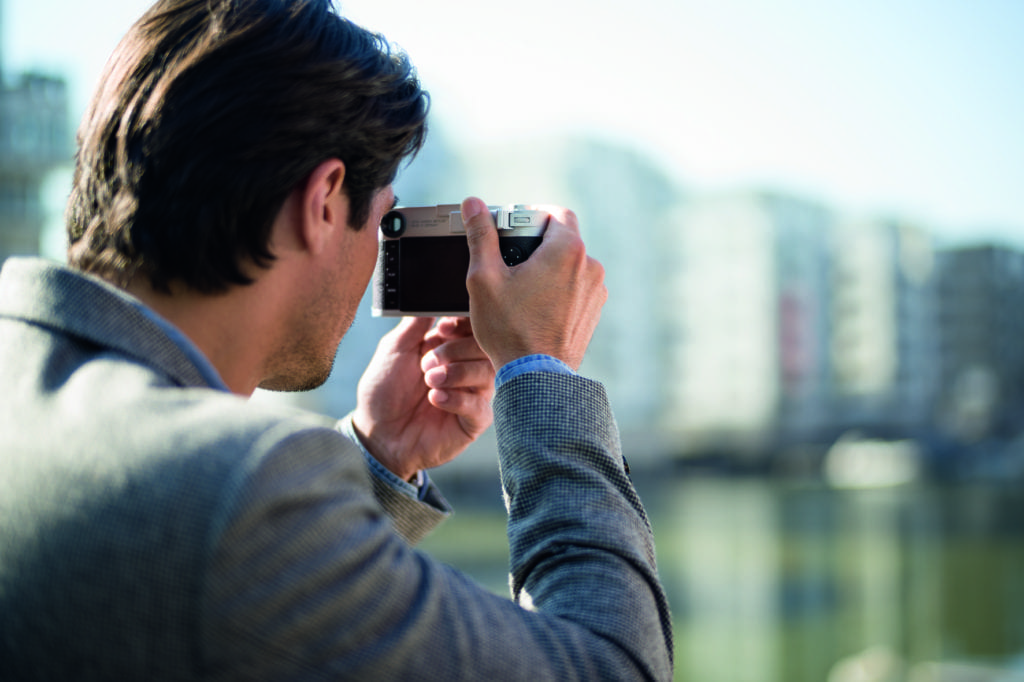
WLAN module for wireless transfer and sharing
The Leica M10 is the first M-Camera with integrated WLAN connectivity. This enables the fast, wireless transfer of pictures to Apple mobile devices, where they can be edited, posted and shared on social networks.
The Leica M-App also allows the direct transfer of RAW data in DNG format to mobile devices for further processing with suitable apps from iOS Version 10.2. The Leica M10 can also be remotely controlled by WLAN from a smartphone or tablet.
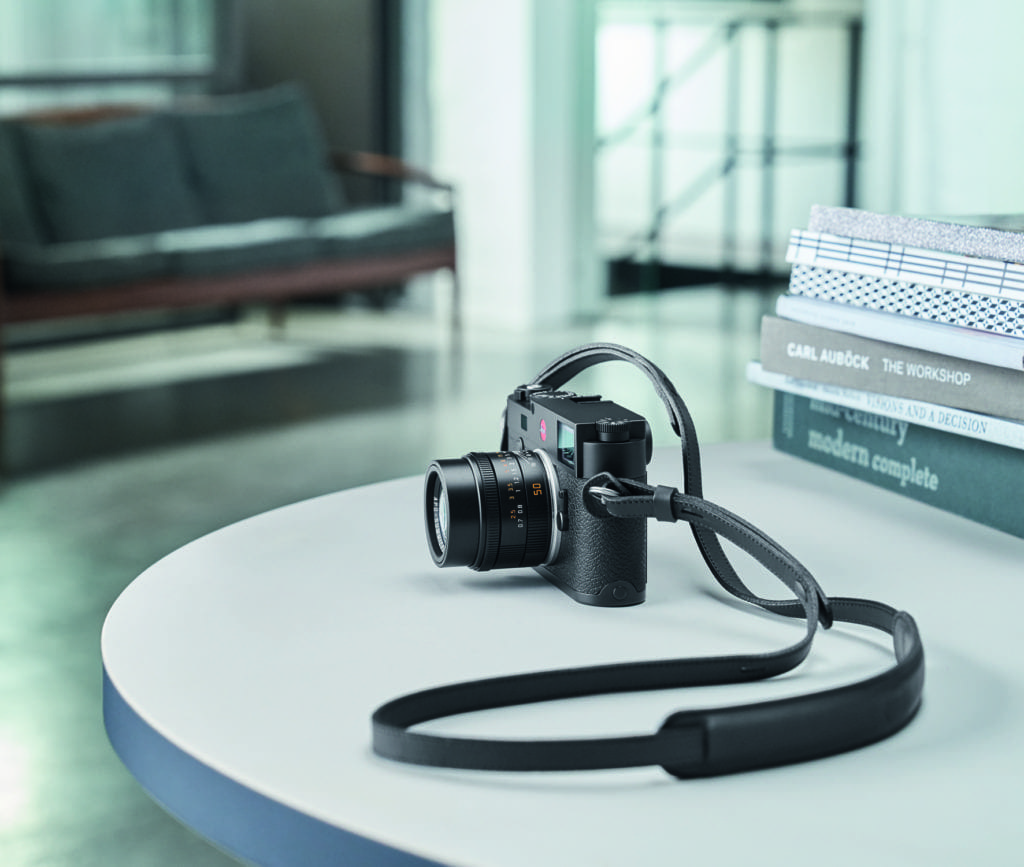
Pricing and availability
The Leica M10 is scheduled to be available from 19 January 2017, at a suggested retail price of £5,600 including VAT.
The M10’s detailed specifications are as follows:
- 24 Megapixel full size CMOS sensor specially developed for M 10
- The latest generation image processor “LEICA MAESTRO II”
- It can be set within ISO sensitivity range of ISO 100 ~ 50,000
- 2 GB internal memory
- High-speed continuous shooting of up to 5 frames per second
- Equipped with ISO click dial on top cover
- The depth of the top cover is only 33.75 mm and the slimest form among the M type digital cameras so far
- In addition to raising the field of vision by 30%, raising the finder magnification to 0.73, the eye relief also expanded 50% widely
- The operation part on the back of the camera has only three buttons: a joystick and “play”, “live view”, “menu”
- Adopted “My Camera Menu” that allows you to register menu items freely from the main menu
- Built-in Wi-Fi function
- Direct transmission of RAW files in DNG format
- It is possible to operate the Leica M10 remotely
- Electronic viewfinder “Leica Bizofurex” compatible
- Size: 139 × 80 × 38.5 mm
- Weight: 660 g (including battery)
- Color: Black Chrome, Silver Chrome
More information can be found here.
